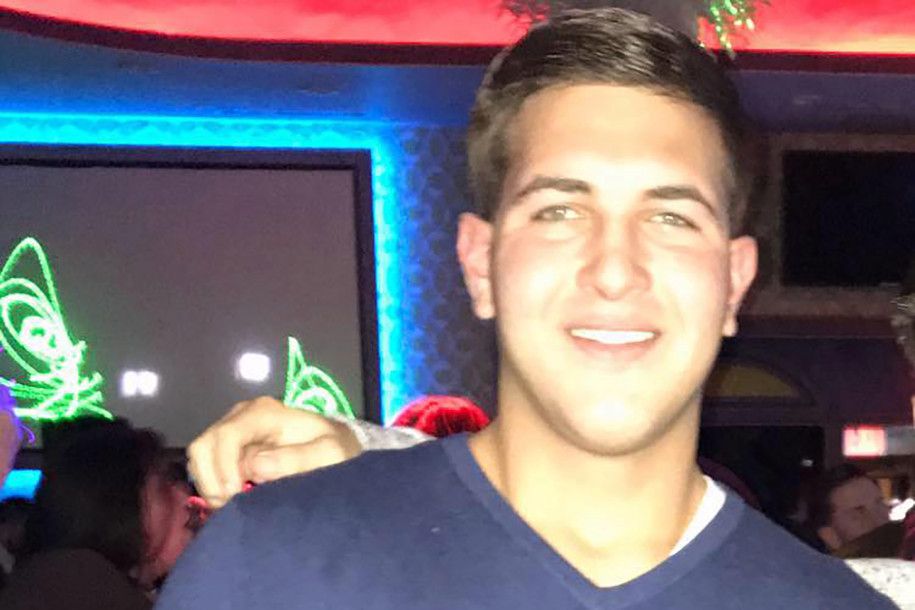Saviano – who lives under state protection following mafia death threats – has received a summons to stand trial from prosecutors in Rome following a writ for criminal libel issued last summer by Salvini. In Italy, libel at this level falls under the penal, not civil, code.
Saviano told the Observer: “I face trial for my opinions. It’s a form of extortion by Salvini, making a legal target of his critics. Salvini delivers a clear message to anyone who wants to oppose him or investigate political connections to the Mafia. I am the means by which he can communicate his intentions towards everyone else.” The news brought an outcry from literary and journalistic quarters, led by the French publisher Antoine Gallimard, and novelist Salman Rushdie, who told La Repubblica newspaper: “We writers will always stand by Roberto Saviano. We condemn this shameful attack on his rights, yet again.”
Speaking from Paris, Saviano said: “As yet no trial is fixed – justice in Italy is notoriously slow. But we expect to know the date of an initial hearing soon.”
He said that the charge was not a personal one from Salvini
 , but official: the writ was submitted on ministry-headed paper “and Salvini has asked to be assisted by state lawyers”. The irony is total: the same ministry has been charged with protecting Saviano with an armed escort while on Italian soil, since he was condemned by the Camorra crime syndicate of Naples for his book Gomorrah: A Personal Journey into the Violent International Empire of Naples' Organized Crime System.
, but official: the writ was submitted on ministry-headed paper “and Salvini has asked to be assisted by state lawyers”. The irony is total: the same ministry has been charged with protecting Saviano with an armed escort while on Italian soil, since he was condemned by the Camorra crime syndicate of Naples for his book Gomorrah: A Personal Journey into the Violent International Empire of Naples' Organized Crime System.The indictment has its origins in a long-standing duel across cyberspace between Saviano and Salvini, mostly over the latter’s stance on migration; Saviano has repeatedly defended the rights of migrants to land in Italy and supported sanctuary communities and projects, while Salvini has blocked Italian ports to them.
In recent years, Saviano turned to connections between Salvini’s party, La Lega – formerly the Northern League – and Calabrian ‘Ndrangheta mafia syndicates, after the conviction of the league’s former treasurer, Francesco Belsito, for laundering money through the ‘Ndrangheta De Stefano clan, and a miasma of occult and neo-fascist interests. A book was published last month, Il libro nero della Lega – the league’s black book – by Giovanni Tizian and Stefano Vergine, detailing further alleged criminal connections.
In June last year Saviano called Salvini “Il Ministro della Mala Vita” – roughly, minister of the criminal underworld – a phrase deployed in 1910 by anti-fascist intellectual Gaetano Salvemini against the then prime minister Giovanni Giolitti. Salvini responded a month later with the writ, now actioned by prosecutors. He told the Observer: “This indicates an increasing authoritarianism. Salvini is effective prime minister, dangerously converging government and the organisms of state into one.
“The aim is to use the law to neutralise any further opposition, specifically to examine his party’s criminal connections, by menace and fear. The difference between 1910 and now is that then Salvemini was not prosecuted for his opinions, while I’m being taken to trial. The problem is that while Salvini has created consensus, his opponents are fragmented by personal and sectarian divisions.
“Support has been wonderful,” added Saviano, “in France and Mexico, where they have published my articles, Spain, Britain and the US. In Italy it’s much colder – only La Repubblica and other very few intellectuals. Other colleagues have been quieter, partly because they’re tired of me, partly because they’re scared.”
The loudest voices – apart from novelist Erri de Luca – have come from outside Italy: Spanish writers Javier Cercas and Manuel Vilas, Chilean Luis Sepúlveda, Algerian Kamel Daoud and Americans Erica Jong and Nathan Englander. Other messages have come from British authors Irvine Welsh and Hanif Kureishi, who said: “Freedom of expression no longer exists if a person can be sued for his or her opinions.” The writ, said Kureishi, “deeply offends Italy’s reputation as a European nation of artists, writers and philosophers”. Writers’ institutions have added their condemnation.
Musician John Cale, once of the Velvet Underground, said: “Saviano’s writing is enervating and a moral alert to everyone. The niceties of Italian penal law are too tricky to go into, so I wish him good riddance for the charge.”
Mexican-American Jennifer Clement, president of PEN International, said: “Roberto Saviano has repeatedly risked his life to expose the truth about Italy’s criminal networks… and today he faces up to three years behind bars. Italy should end the use of criminal law in regard to defamation.”
The Committee for the Protection of Journalists issued an alert regarding Saviano’s case, while its programme coordinator for Europe, Gulnoza Said, insisted: “Italy should long ago have scrapped criminal defamation from its books – it has no place in a democracy. We call on Salvini to immediately drop these charges against Roberto Saviano.”
Salvini’s cabinet did not return calls for a statement, but the minister has described his initiative, mysteriously, as “a caress and a lawsuit”. The writ calls Saviano’s posts “detrimental to the honour and reputation of the undersigned and the ministry itself”.
Thanks to Ed Vulliamy.




